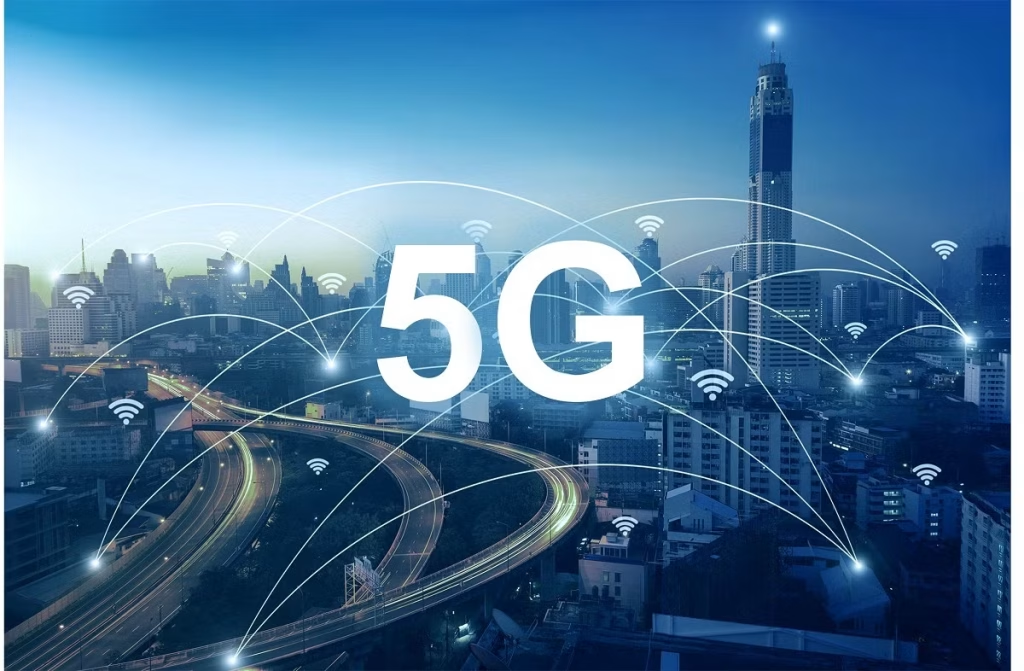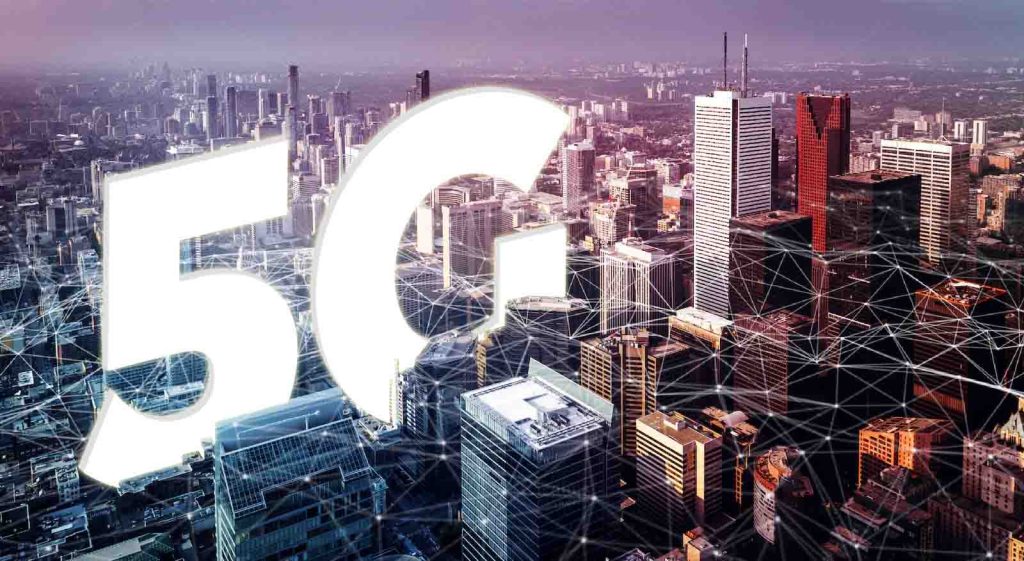5G technology represents the fifth generation of wireless communication, offering unprecedented speed, low latency, and increased connectivity. As the successor to 4G LTE, 5G is poised to revolutionize industries, enable smart cities, and enhance user experiences across multiple domains. This article explores the fundamentals of 5G, its benefits, challenges, applications, and future potential.
What is 5G?
5G, or the fifth-generation mobile network, is a wireless technology standard that enables faster data transmission, higher bandwidth, and ultra-low latency. It operates across three frequency bands:
Low-band (Sub-1 GHz) – Provides extensive coverage and penetrates buildings effectively but offers moderate speeds.
Mid-band (1-6 GHz) – Balances speed and coverage, making it ideal for urban and suburban areas.
High-band (mmWave, 24-100 GHz) – Offers extremely high speeds and low latency but has limited range and struggles with physical obstructions.
Key Features of 5G
Enhanced Speed – Theoretical speeds can reach up to 10 Gbps, significantly surpassing 4G LTE.
Ultra-Low Latency – Latency as low as 1 millisecond enables real-time applications like autonomous driving and remote surgery.
Massive Connectivity – Supports up to 1 million devices per square kilometer, crucial for IoT expansion.
Improved Reliability – Reduces network congestion and enhances overall stability.
Energy Efficiency – Optimized to consume less power per transmitted bit compared to 4G.

Benefits of 5G
1. Faster Internet Speeds
5G offers speeds up to 100 times faster than 4G, allowing for seamless 4K/8K video streaming, ultra-fast downloads, and real-time gaming.
2. Enhanced Mobile Broadband (eMBB)
With greater bandwidth, users experience improved performance for demanding applications, from cloud computing to virtual reality (VR) and augmented reality (AR).
3. Massive IoT Connectivity
5G’s ability to support millions of devices per square kilometer is essential for the Internet of Things (IoT), enabling smart homes, smart cities, and industrial automation.
4. Revolutionizing Healthcare
5G enables real-time remote surgeries, AI-driven diagnostics, and enhanced telemedicine services, improving patient outcomes.
5. Empowering Smart Cities
5G supports intelligent traffic systems, connected infrastructure, and real-time monitoring to optimize urban living and sustainability.
6. Autonomous Vehicles and Transportation
Low latency and high reliability make 5G ideal for vehicle-to-everything (V2X) communication, enhancing road safety and efficiency.
Challenges of 5G Deployment
1. Infrastructure Costs
Building 5G networks requires significant investment in fiber-optic cables, small cell towers, and backhaul networks.
2. Limited Coverage
While low-band 5G provides broad coverage, high-band (mmWave) struggles with penetration, requiring dense deployment of small cells.
3. Device Compatibility
Older devices are incompatible with 5G, necessitating users to upgrade to 5G-enabled smartphones and equipment.
4. Security Concerns
With increased connectivity comes heightened risks of cyberattacks, necessitating robust security measures.
5. Regulatory and Spectrum Allocation
Governments must manage spectrum distribution effectively to avoid interference and ensure efficient network deployment.
Future of 5G
The future of 5G extends beyond smartphones. Emerging applications include:
6G Development – Research on 6G is already underway, promising speeds over 100 Gbps and AI-driven networks.
Edge Computing – 5G enhances edge computing, reducing reliance on centralized cloud infrastructure.
Holographic Communication – High bandwidth could enable lifelike 3D video calls and immersive interactions.
AI Integration – Combining AI with 5G will optimize network management, predictive analytics, and automation.



